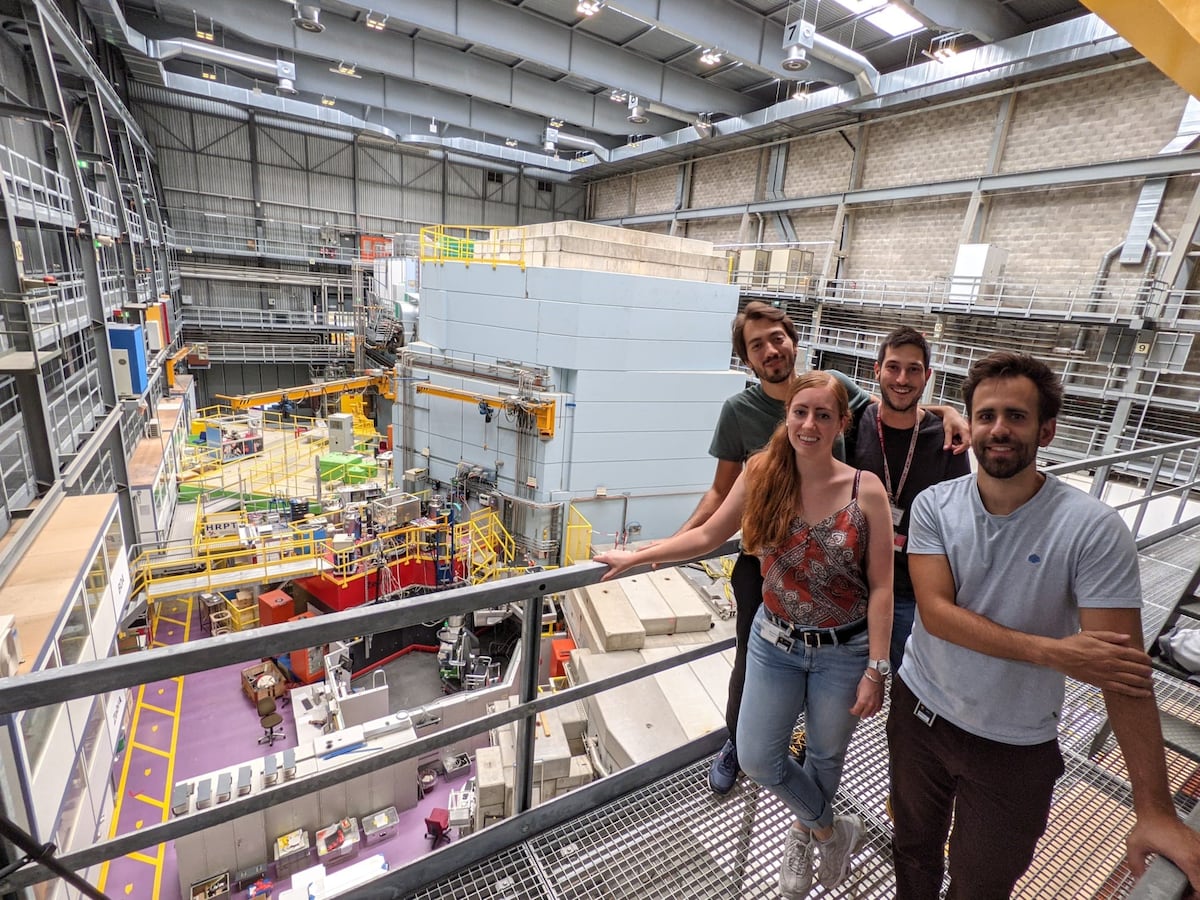Unveiling the Invisible World: Neutron Imaging Advances Battery Technology
Key Ideas
- Neutron imaging, led by Antoni Forner-Cuenca, has revolutionized battery research by revealing internal processes and concentrations, enhancing performance and efficiency.
- The technique, utilizing subatomic particles, allows for the visualization of movements of molecules, concentration changes, and the design of more efficient batteries.
- Collaborative efforts between Eindhoven University of Technology, MIT, and the Paul Scherrer Institute in Switzerland have led to groundbreaking experiments in battery technology.
- Neutron imaging applications extend beyond batteries to fields like chemical industry processes, cultural heritage studies, geology, and materials research.
The research led by Spanish scientist Antoni Forner-Cuenca at Eindhoven University of Technology has pushed the boundaries of battery technology through neutron imaging, allowing for the visualization of internal processes and concentrations in a functioning battery. This revolutionary technique has provided insights into the behavior of chemical elements in fluids over time, which were previously invisible using conventional methods like X-rays and CT scans. Neutron imaging has further applications in industries such as automotive, aviation, and construction for quality control purposes, as well as in the non-invasive study of cultural heritage objects and biological samples.
Forner-Cuenca and his team have developed an imaging method using neutrons to visualize concentrations in liquids and their behavior in a flow battery, shedding light on processes that determine battery performance, efficiency, and lifespan. The collaboration between Eindhoven University of Technology, MIT, and the Paul Scherrer Institute in Switzerland has paved the way for advancements in battery technology through 12 days of continuous experiments with measurements every 30 seconds.
The industrial implications of neutron imaging are significant, especially in improving the efficiency of flow batteries crucial for renewable energy storage. The method has allowed researchers to design more efficient batteries by understanding the movements of molecules, fluctuations during charging and discharging, inactive areas, and precipitation of solids. The impact of neutron imaging extends to various industries, including the chemical industry and prototype development.
Beyond battery research, neutron imaging has proven valuable in understanding microscopic behaviors of materials at the atomic level, from liquid crystals to metals. International institutions like Osaka University have utilized neutron imaging to measure internal temperatures of electronic components accurately and quickly, showcasing the technique's versatility and impact across different fields. Overall, neutron imaging represents a significant leap in technological advancements, offering new possibilities for research, innovation, and development in various scientific disciplines.
